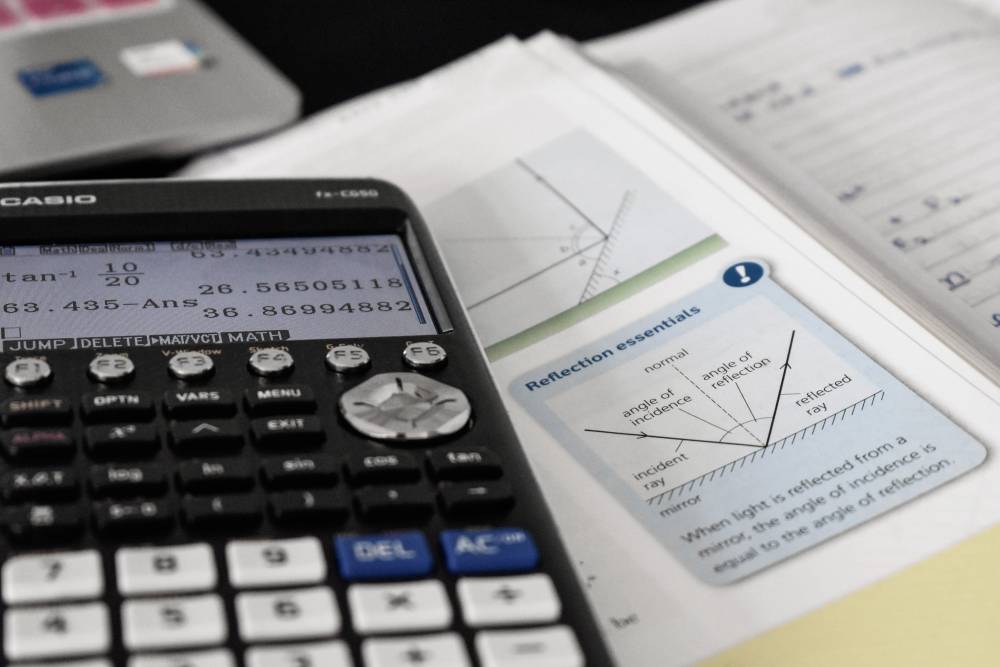Trigonometry Modeling in IB SL Math AA: Applications in Engineering, Physics, and Architecture

Trigonometry is a branch of mathematics that deals with the relationships between angles and sides of triangles. In IB SL Math AA, students learn how to apply trigonometric functions and identities to model real-world situations. Trigonometry modeling is a powerful tool that can be used to solve a wide range of problems in fields such as engineering, physics, and architecture.
One of the key concepts in trigonometry is the unit circle. The unit circle is a circle with a radius of one that is centered at the origin of the coordinate plane. The unit circle is important because it allows us to define the trigonometric functions sine, cosine, and tangent in terms of the coordinates of points on the circle.
Using the unit circle, we can model the motion of an object moving in a circular path. For example, consider a Ferris wheel with a diameter of 50 meters. If the wheel takes 2 minutes to complete one revolution, we can use trigonometry to model the height of a passenger on the wheel at any given time. We can define the height of the passenger as a function of time using the sine or cosine function, and then use the period and amplitude of the function to determine the height of the passenger at any time.
Another application of trigonometry modeling is in the field of architecture. Architects use trigonometry to design structures such as bridges and buildings. For example, if an architect wants to design a suspension bridge that spans 500 meters and can support a maximum weight of 10,000 tons, they can use trigonometry to calculate the tension in the cables that support the bridge. The cables must be at a certain angle to support the weight of the bridge, and the tension in the cables can be modeled using the sine or cosine function.
In physics, trigonometry modeling is used to analyze the motion of objects in two and three dimensions. For example, if we want to model the motion of a projectile such as a baseball, we can use trigonometry to determine the angle at which the ball is launched, the maximum height it reaches, and the distance it travels before landing. We can also use trigonometry to model the motion of planets and other celestial bodies in space.
In conclusion, trigonometry modeling is a powerful tool that can be used to solve a wide range of problems in fields such as engineering, physics, and architecture. By applying trigonometric functions and identities to real-world situations, we can model the motion of objects, design structures, and analyze complex systems. IB SL Math AA provides students with a strong foundation in trigonometry modeling, which will prepare them for future academic and professional pursuits in STEM fields.


